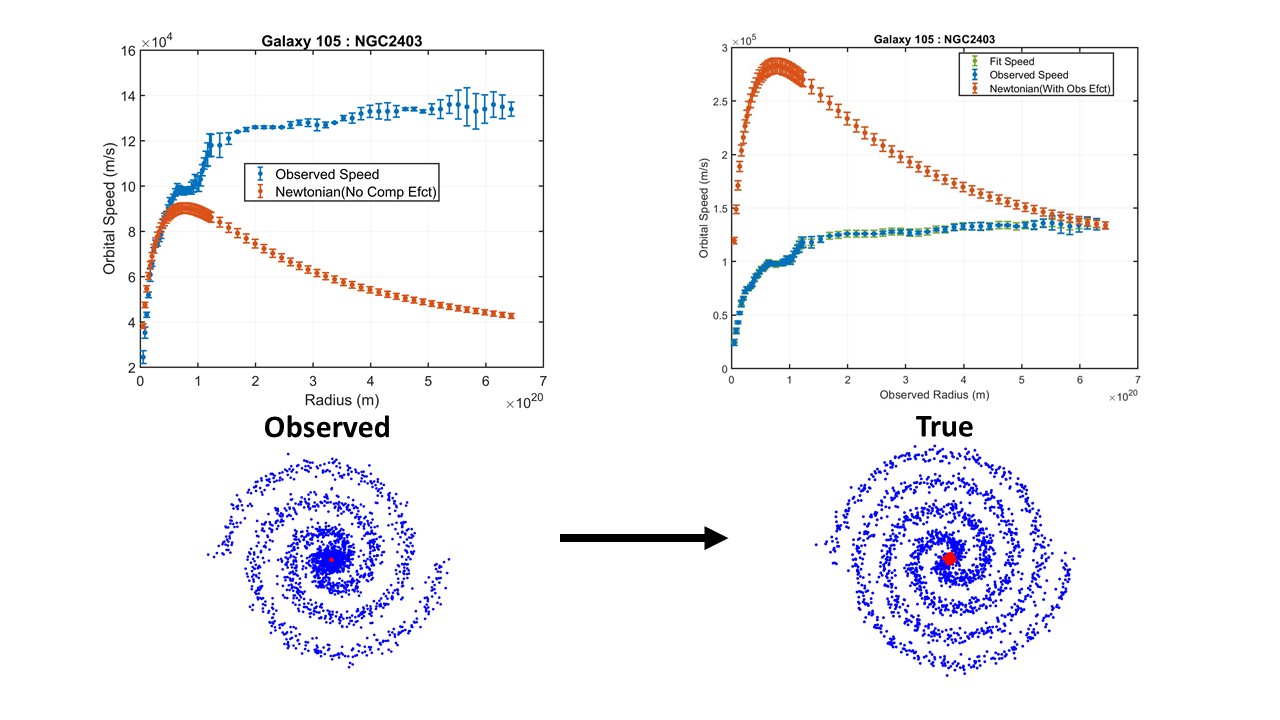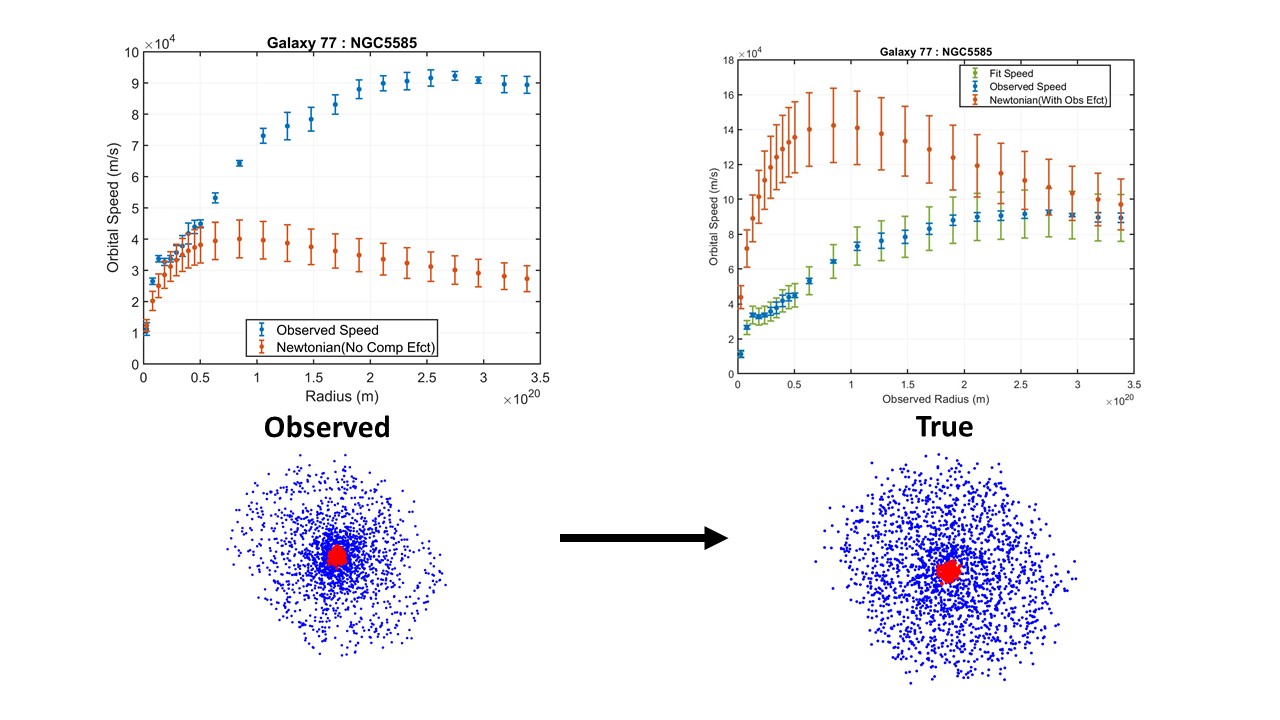As of June 2025, this work has been submitted to a few journals and has received the following feedback so far:
- Editor-in-Chief, Journal of Computational Physics: "Thank you for your submission. I have carefully examined it, but I regret to inform you that I do not believe that it is suitable for the Journal of Computational Physics. The Journal generally publishes articles on new or improved numerical methods, with examples showing the utility of the proposed approach. We have not published much in the subject area of your manuscript recently and the manuscript is therefore unlikely to reach its target audience in the Journal. Instead of going through the full review cycle, which is likely to take several months and probably results in the rejection of your manuscript, I have decided to return it to you so you can submit it to a more suitable journal. Please note that my decision in no way reflects a judgment on my part about the quality of your manuscript, only its suitability for the Journal of Computational Physics. I am sorry I cannot accept your manuscript in the Journal of Computational Physics, and I hope your work will be published in an appropriate journal where it will reach the audience it deserves. "
- Scientific Handling Editor, Physics of the Dark Universe: "Although the problems being addressed are potentially of interest to our readership, your manuscript does not meet the required quality standards to be considered for publication."
- Editor, Astronomy and Computing: "While your results are of potential interest, the topic of your manuscript falls outside of the scope of this journal. For an overview of the Aims & Scope, please have a look at the journals’ homepage. We hope you will consider the journal for publication of future studies within the scope."
JustPeers.com is a transparent repository, where the complete work, including all analysis code and full datasets, is made available for public scrutiny.
We invite physicists, astronomers, and computational scientists to engage directly with the methods and results. The "COMPLETE RESULTS" and "Code" links above provide all necessary materials for full, independent reproduction.
All non-spam comments are posted publicly to foster an open and auditable scientific dialogue.

